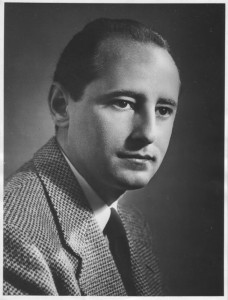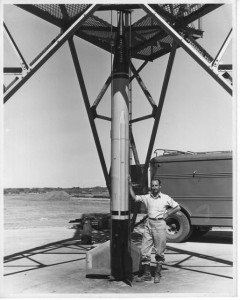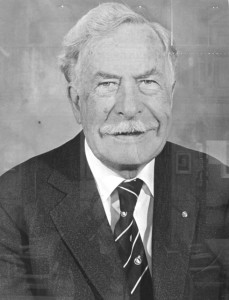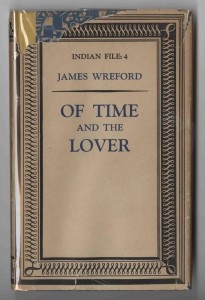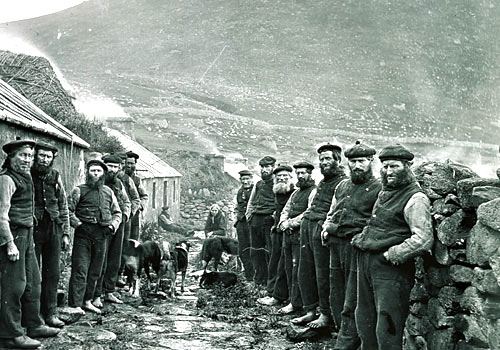In 1983, when the craziness of Reagan-era missile-pointing was at its height, Jacques Derrida gave a topical address to Cornell University. Starting with the wordplay between ‘missile’ and ‘missive’, it seemed to him that, more than other weapons, rockets were particularly concerned with sending a message; this, after all, was the principle of nuclear deterrence. Rockets were ‘fabulously textual’, said Derrida, because ‘the technologies of delivering, sending, despatching’ were unavoidably bound up with the rhetoric of diplomacy and international relations.
The lecture did not prove to be one of Derrida’s greatest hits. But there is something in his argument that might partially explain why rather more modest rockets have remained so important for Hamas. It plainly isn’t because they are effective field weapons. In the eight years before Israel’s last war on Gaza, the 8600 rockets that Hamas despatched had killed 28 people – many fewer than the 600 or so victims of suicide attacks in the same period.
A more open border to the south of Gaza has seen Hamas access longer-range weapons like the Iranian Fajr-5 which, if successfully guided, could reach Tel Aviv. One fell short of Jerusalem last Friday. Most of their rockets, however, are home-grown Qassams – an unguided ‘kitchen’ technology propelled by sugar and fertilizer. The IDF used to mockingly claim that they were made out of the poles stolen from road signs. Improvising materials makes accuracy out of the question. But accuracy was never the point.
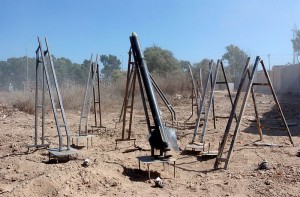
The obvious military rationale is still to spread fear and alarm among Israelis. Three people killed in apartment complex in Kiryat Malachi and several more injured in Ashdod will have contributed to this grim objective. But Hamas are clearly not oblivious to the fact that rockets have been part of the accepted language of geopolitics for over half a century. This dialogue may not assume exactly the same guise of Cold War ‘missile envy’ but states these days seem no less fixated with the totem. Drones are handy, but rockets remain the diplomatic big stick.
For Hamas, a Qassam might not often kill the enemy but it does at least speak their language. Against an overwhelmingly superior adversary, the power of the rocket is that it is a message the recipient state has little choice but to receive.
It was precisely this problem for which Israel’s Iron Dome interceptor system was designed as an automated ‘return to sender’. Though it has proven technically effective, the problem remains that Gaza’s rockets are insulting because they don’t need to hit their target in order to hit their target.











